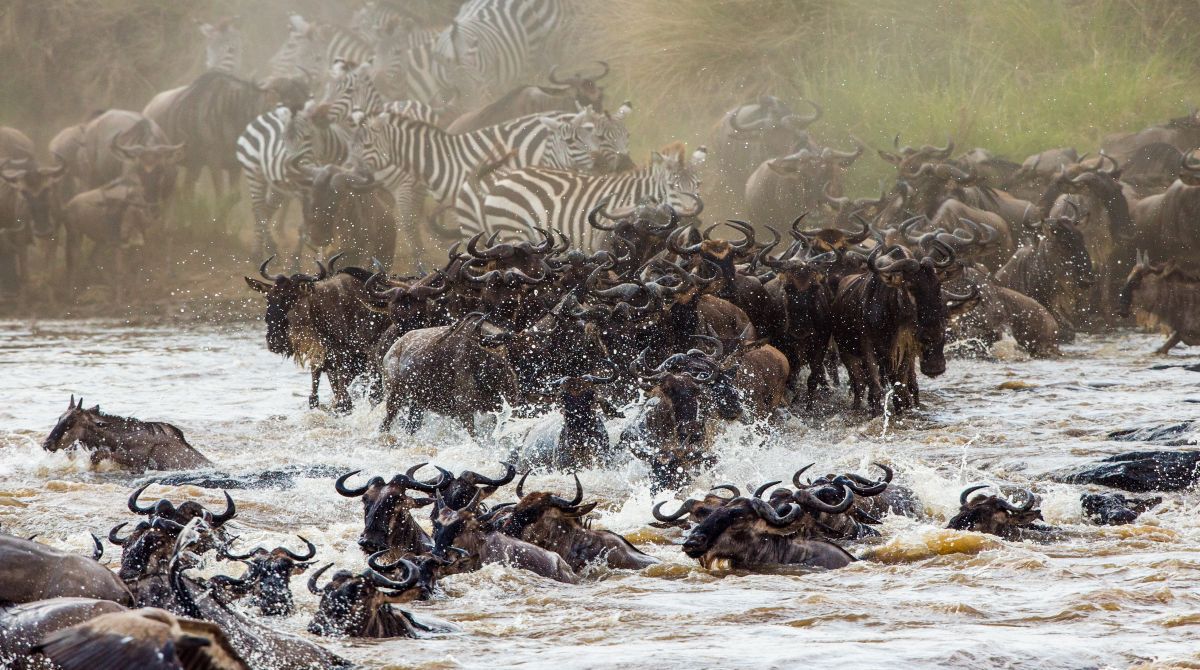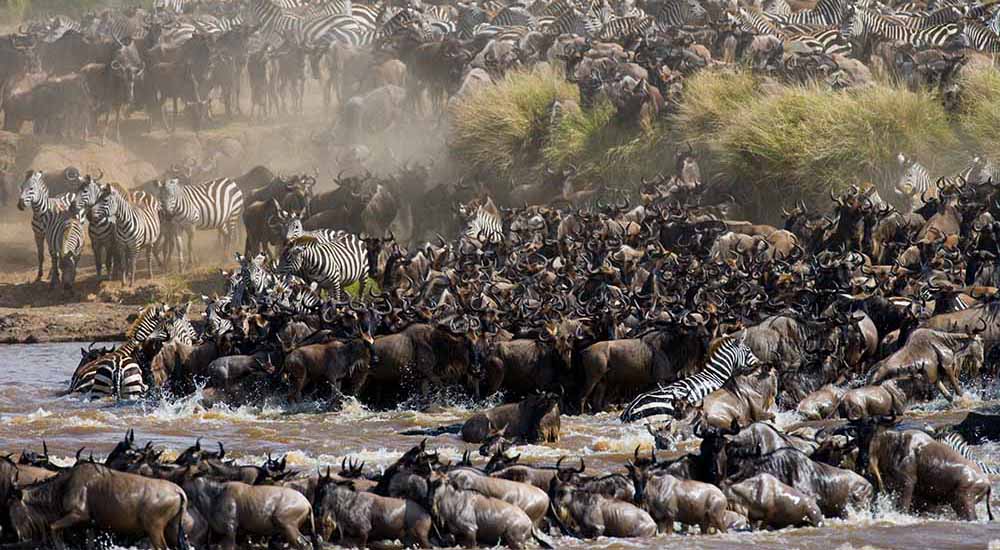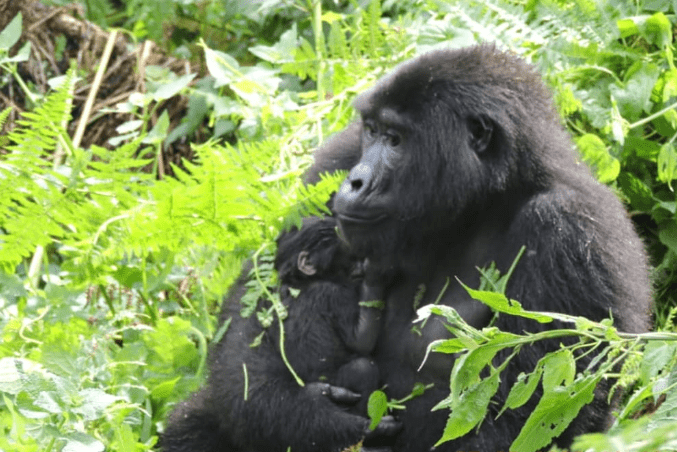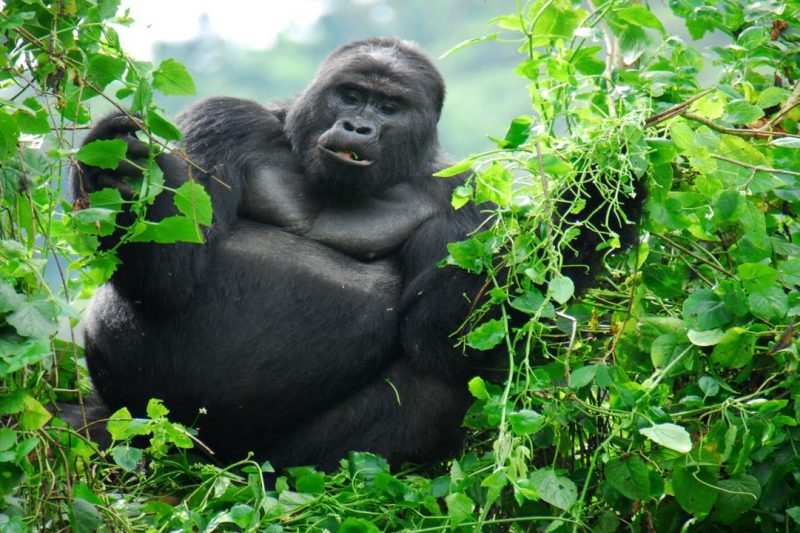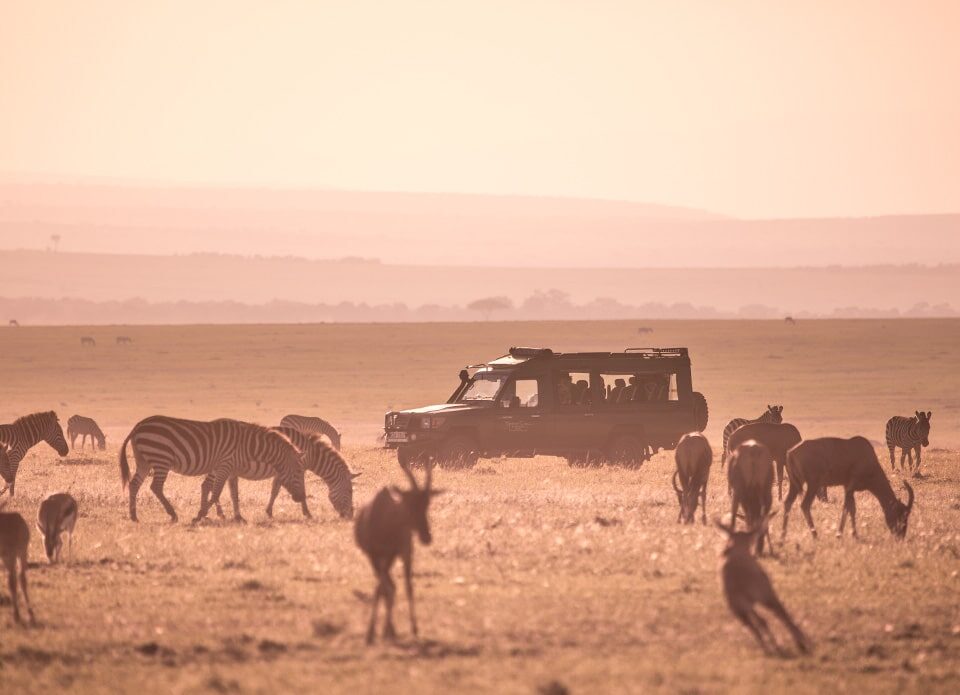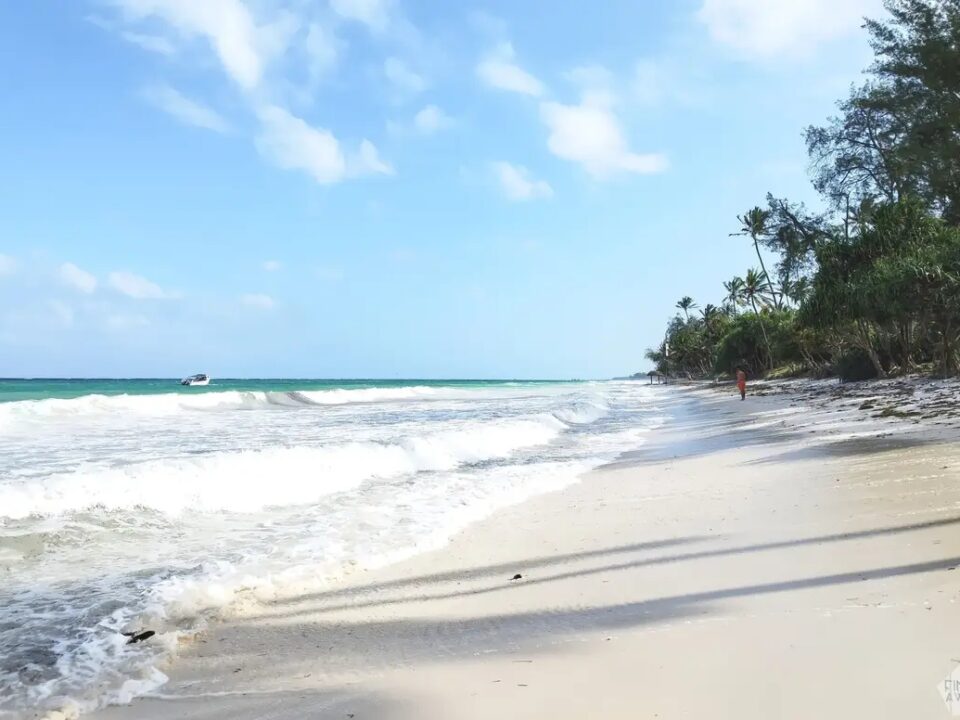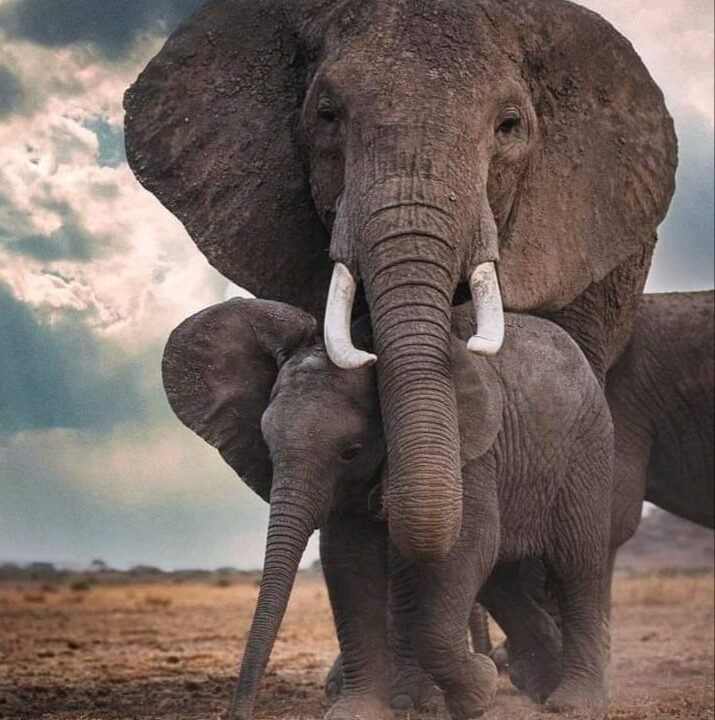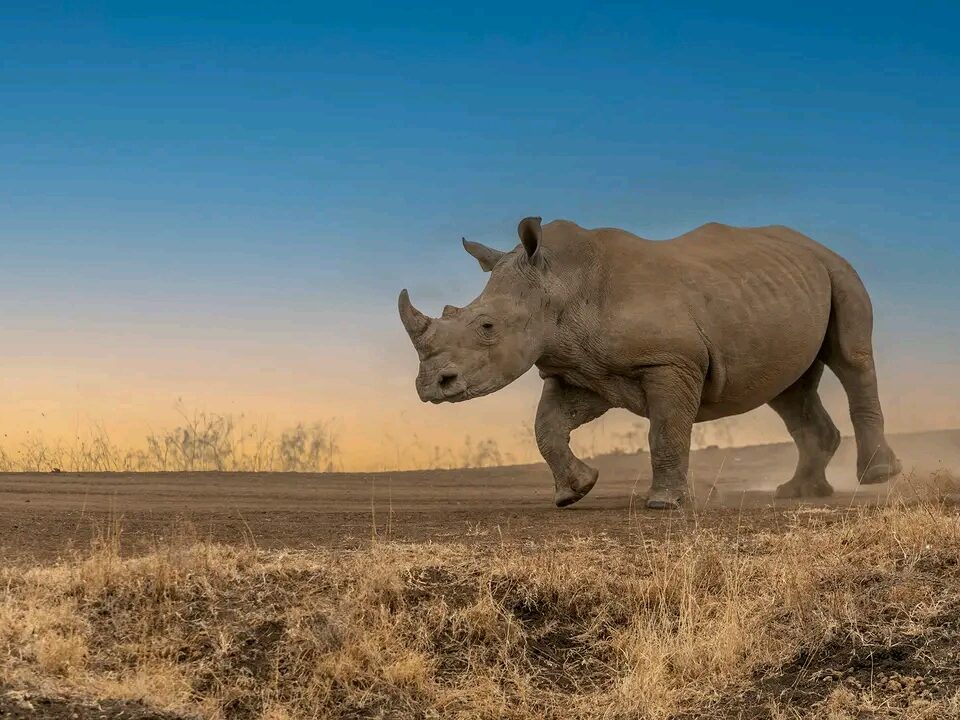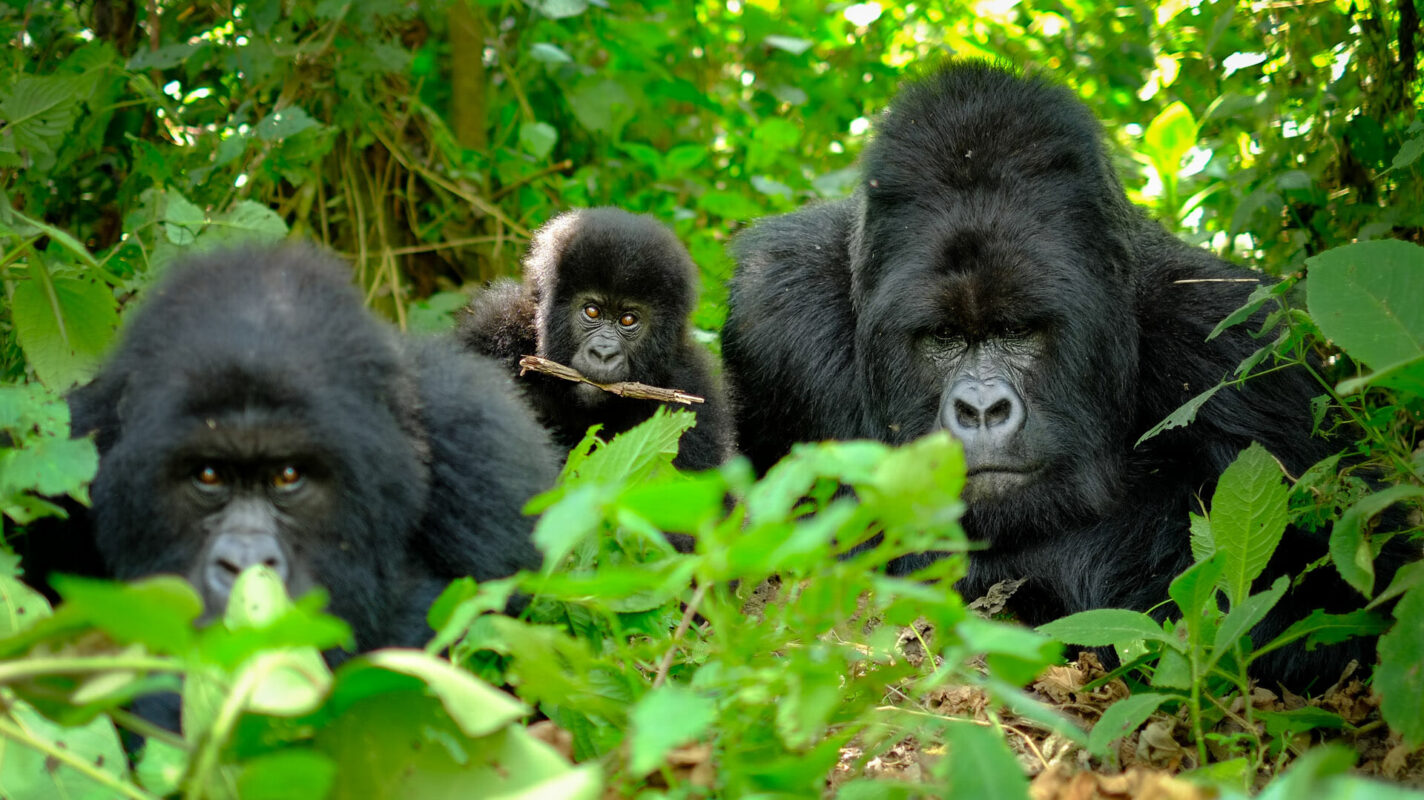
Gorilla trekking Uganda Price
November 13, 2020
Best sector to trek mountain gorillas in Bwindi Forest
November 18, 2020Best Time for Wildebeest Migration in Kenya 2021 – Masai Mara Game Reserve
A frequently asked question for travelers who go to Kenya is “What is the Best Time for Wildebeest Migration in Kenya 2024” – Masai Mara Game Reserve. The wildebeest migration is one of the most magical wildlife herds to see on an African safari. With millions of wildlife forming probably the largest wildlife group migrating together the wildebeest annually traverse the Masai Mara Game Reserve of Kenya and the Serengeti National Park of Tanzania.
When it comes to the best time for wildebeest migration in Kenya, there are specific months of the year. Since the wildebeest are moving or migrating, they will not be found in the same place all through the year. Therefore, if one chooses to visit Kenya to see wildebeest, they should be aware of when to do so.
The best time for wildebeest migration in Kenya at Masai Mara Game Reserve is from August to October. The best time to visit the Masai Mara is from August to October. During this time, the wildebeests arrive at the Masai Mara from Serengeti, where they stay until October.
Masai Mara generally is known to have excellent wildlife viewing all year round and can be visited for any other Kenya safari activities.
Wildebeest Migration in Kenya’s Masai Mara Game Reserve – the best time for wildebeest migration in Kenya
Masai Mara National Reserve is situated southwest of Kenya and covers about 1,510 square kilometers (583 square miles). The Reserve is one of the popular Kenya wildlife safari parks, a land with breathtaking vistas, abundant wildlife, and endless plains.
The Great Wildebeest Migration is an annual migration of giant herds of animals all through from Northern Tanzania to Kenya. Each wildebeest migration constitutes over two million wildebeest, zebras, and gazelles moving from Serengeti National Park of Tanzania and Masai Mara National Park of Kenya.
Wildebeest migration occurs in a regular pattern as thousands of the wildebeest, zebras, and gazelles move through the Serengeti Masai Mara ecosystem in search of green pasture. With these large herds, this is the largest wildlife group you may ever see on an African safari, this is why it is one of the natural world’s greatest wonders.
Why do the Wildebeest Migrate?
Annually migrating across the Serengeti Masai Mara ecosystem, the wildebeest migrates with the sole purpose of finding green pastures. When the rains are in the Serengeti region the wildebeest will be there to find pasture and when the rains are in Kenya’s Masai Mara, the herds will migrate to Kenya.
Though their cycle is a little predictable, where the wildebeest can be seen is dependent on where the rains fall.
Aside from wildlife viewing, you can also get involved in other safari activities like birding. The reserve alone has more than 500 bird species and therefore a good bird-watching destination.
It’s one of Kenya’s best birding hot spots for checking off savannah species on any birder bird list. Raptors are particularly many in the park with about 57 species of the present. Migratory birds can be seen from November to April.
A hot air balloon flight is also one of the authentic experiences that you can undertake in the park. Having a panoramic view of the park is a great idea.
To visit Kenya, book with Acacia Safaris and we shall have you a tailor-made safari. To have many more experiences, take Kenya safaris and tailor them with Tanzania safaris for wildlife viewing and the great primate tracking experience on Uganda gorilla safaris or Rwanda gorilla tours.
Searches related to Best Time for Wildebeest Migration in Kenya
- wildebeest migration Kenya 2021
- great migration Kenya 2020 dates
- wildebeest migration 2021 dates
- wildebeest migration 2022 tracker
- how long does it take for wildebeest to migrate
- wildebeest migration Kenya month
- wildebeest migration wonder of the world
- great migration Kenya 2022
You May Also Be Interested In The Following Uganda Gorilla Trekking Tour Packages
3 Day Uganda gorilla trekking safari, – Bwindi Impenetrable National Park
3 Days Uganda Gorilla Trekking Safari is done in Rushaga Bwindi Impenetrable National Park which is located in southwestern Uganda a magnificent verdant swathe across the steep ridges of the Albertine Rift Valley.
This ancient rainforest is one of the few in Africa to have flourished and is home to half of the world’s endangered population of mountain gorillas.
Looking into the expressive brown eyes of these giants is surely the most exciting and poignant wildlife encounter Uganda has to offer! Apart from the gorilla trekking Tour, the park boasts of 90 mammal species, including 11 primates and prominent bird species.
It is a treasure chest of flora and fauna with ten gorilla groups currently available to be visited by only eight persons per group daily. However, strict rules have to be followed to prevent behavioral disturbances and transmission of diseases.
3 Days Bwindi Gorilla Safari Uganda Tour – Mountain Gorillas Endangered
The 3-Day Bwindi Gorilla Safari Uganda Tour takes you on a Uganda gorilla tour to Uganda gorilla safaris tour destination for gorilla trekking tours while on your Uganda safari to Bwindi Impenetrable forest park.
3 Days Gorilla Safari Uganda Bwindi Impenetrable Park Tour, Uganda gorilla tour, gorilla safaris, gorilla trekking tours, gorilla safaris, Uganda safaris, gorilla tracking, Gorilla forest camp, where to visit in Africa, attractions in Uganda. Find the gorillas in the marvelous primates.
An encounter with an earth-shaking 350-pound silverback or baby gorilla is an unforgettable experience! view the long-horned Ankole cattle papyrus acacia woodlands and terraced landscape of Kigezi highlands on your way to Bwindi’s impenetrable national park.


